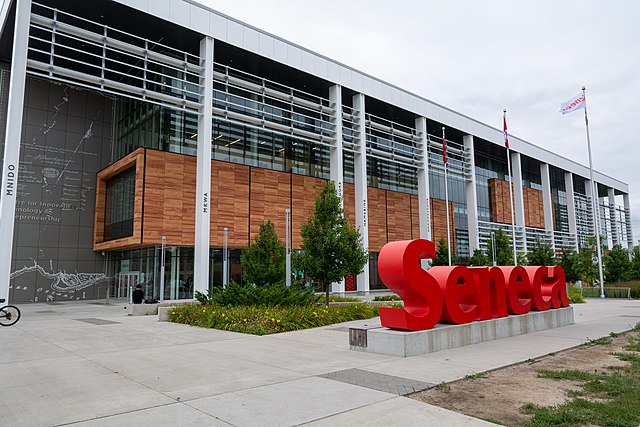The latest data from the 2021 Census of Population highlights the diverse job outcomes for college and CEGEP certificate and diploma holders in Canada, shedding light on the connection between field of study and employment.
The analysis focuses on graduates aged 25 to 34 who were employed during the census reference week. (CEGEPs are Quebec vocational colleges.)
According to Marc Frenette and Tomasz Handler from Statistics Canada, the study offers detailed insights into the most prevalent occupations for graduates across different fields. The report found significant variation in job concentration among graduates from different disciplines.
For male graduates, specific academic programs strongly correlated with particular jobs. For instance, 86.8% of those who studied medical radiation technology became medical radiation technologists. Similarly, 84.2% of respiratory care therapy graduates found employment as respiratory therapists, clinical perfusionists, or cardiopulmonary technologists. Other programs with high job concentration included clinical laboratory science (78.7%), opticianry (76.5%), and emergency medical technology (67.4%).
Female graduates also showed a strong alignment between their studies and job outcomes. Diagnostic medical sonography led to 92.1% of graduates working as medical sonographers. Respiratory care therapy followed closely, with 91.7% of graduates becoming respiratory therapists. Other fields with high job concentration included medical radiation technology (84.2%), opticianry (83.2%), and clinical laboratory science (82.7%).
However, Frenette and Handler observed that most graduates entered a wide variety of jobs. For example, male graduates in civil engineering technology often became civil engineering technologists and technicians (25.9%) but also took roles such as construction managers (9.6%) and civil engineers (8.1%). Female counterparts in the same field showed similar dispersion, with civil engineering technologists and technicians being the most common job (36.1%).
In fields like culinary arts, job dispersion was notable. Female graduates found work as chefs (19.2%), cooks (16.5%), and kitchen helpers (5.8%), while their male peers had similar distributions, including chefs (28.0%) and cooks (14.8%).
Some fields showed minimal concentration in a single job. Among men, humanities graduates often worked in retail or as visual merchandisers (5.0%), while mass communication graduates frequently became store shelf stockers or clerks (5.0%). For women, general studies graduates were similarly dispersed, with only 5.4% working in retail or as visual merchandisers.
The findings from the census provide valuable information for high school students considering their postsecondary education options. The data highlights how some fields lead to specific career paths while others offer broader employment opportunities.
Frenette and Handler emphasize the importance of understanding these trends, noting that while earnings are a crucial factor, job satisfaction and the nature of work also play significant roles in career decisions. The full results, including detailed occupational distributions by field of study, are available for further examination by interested readers.



